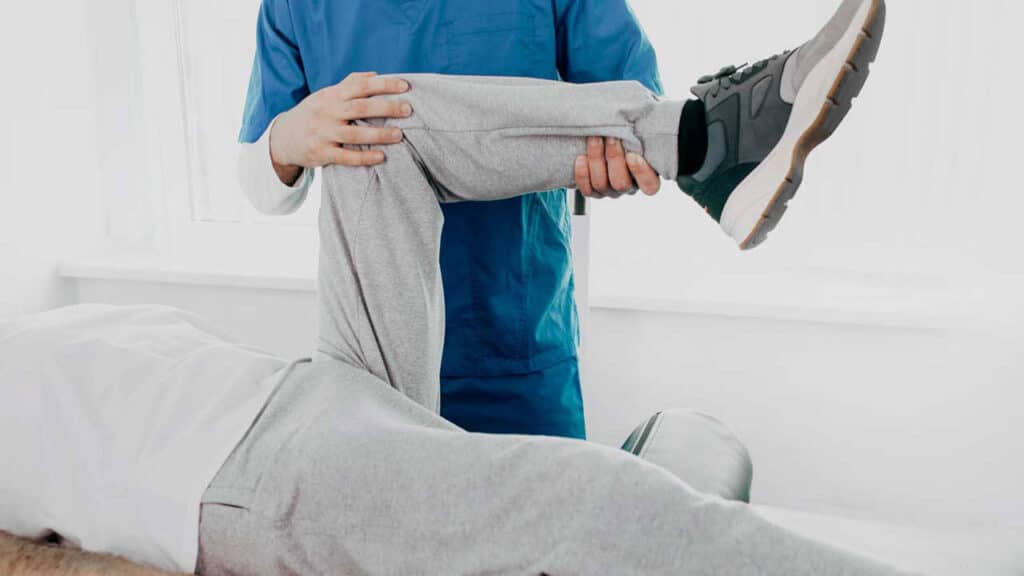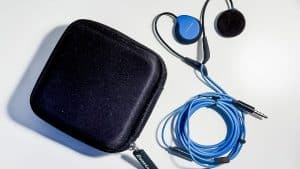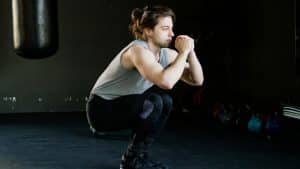If you exercise a lot, chances are you’ll end up with an injury. You may be the most careful, restrained practitioner in the world, but sometimes you just can’t help it. Injury is a fact of life for the sportsperson, and that means you need to know how to deal with it.
Sometimes, you won’t realize at first that you even have hurt yourself. Not all injuries are apparent right away. If you do start to feel pain during a session, stop immediately until you can figure out what’s going on. Pushing through the pain in these kinds of situations may only make things worse.
But what about once you’re diagnosed, and you’ve had your painkillers, splints or surgery? When it’s time to go back to the gym or the field, what’s next? Doctors and other experts will tell you to be extra careful not to go too hard, but they’ll also tell you that exercise is still essential and you need to do it. How exactly can you square these contradicting ideas?
A lot of it depends on the type of injury and your stage of recovery. That said, you should never be experiencing debilitating pain during exercise. Some soreness is natural and to be encouraged. After all, that’s how you know you’ve been working hard. If you’re experiencing new or more intense pain, though, you may need to just stop. Not only do you risk aggravating things, but it’s highly unlikely you’ll be able to maintain proper form.
No post-injury exercise routine should be designed without some professional input from your doctor or physical therapist. They’re the people best placed to tell you what’s likely to help you recover and what could make things worse. Listen to them, especially if they tell you that you need to rest.
They may recommend exercises to target specific areas of the body. For example, if the injury is in your knee or foot, they may be able to offer some seated exercises to work your upper half, or they may still work the injured area using gentler movements that create less strain.
Most important in any guide to exercising after an injury is the emphasis on taking your time. You need rest and patience, and you probably need to think through what caused the injury in the first place to ensure it doesn’t happen again.




